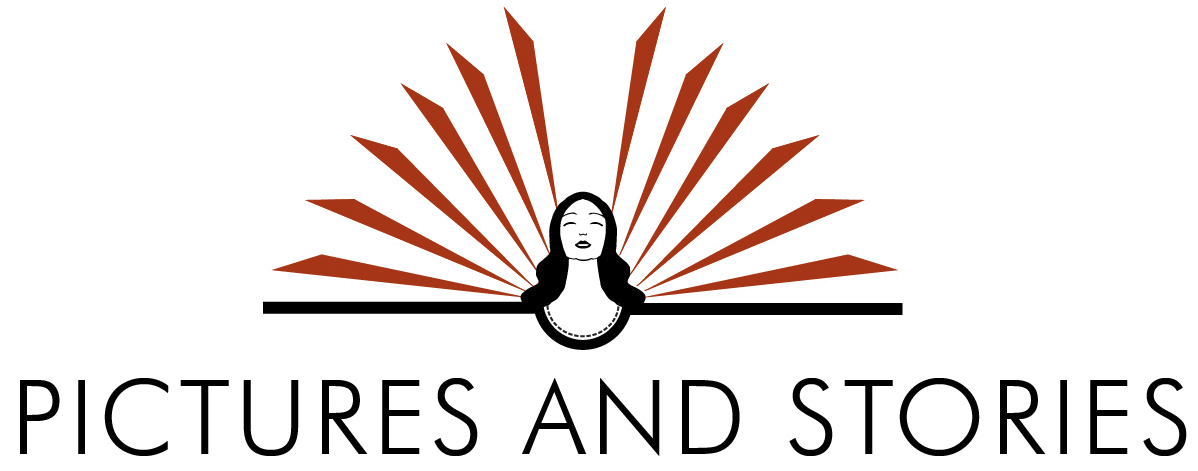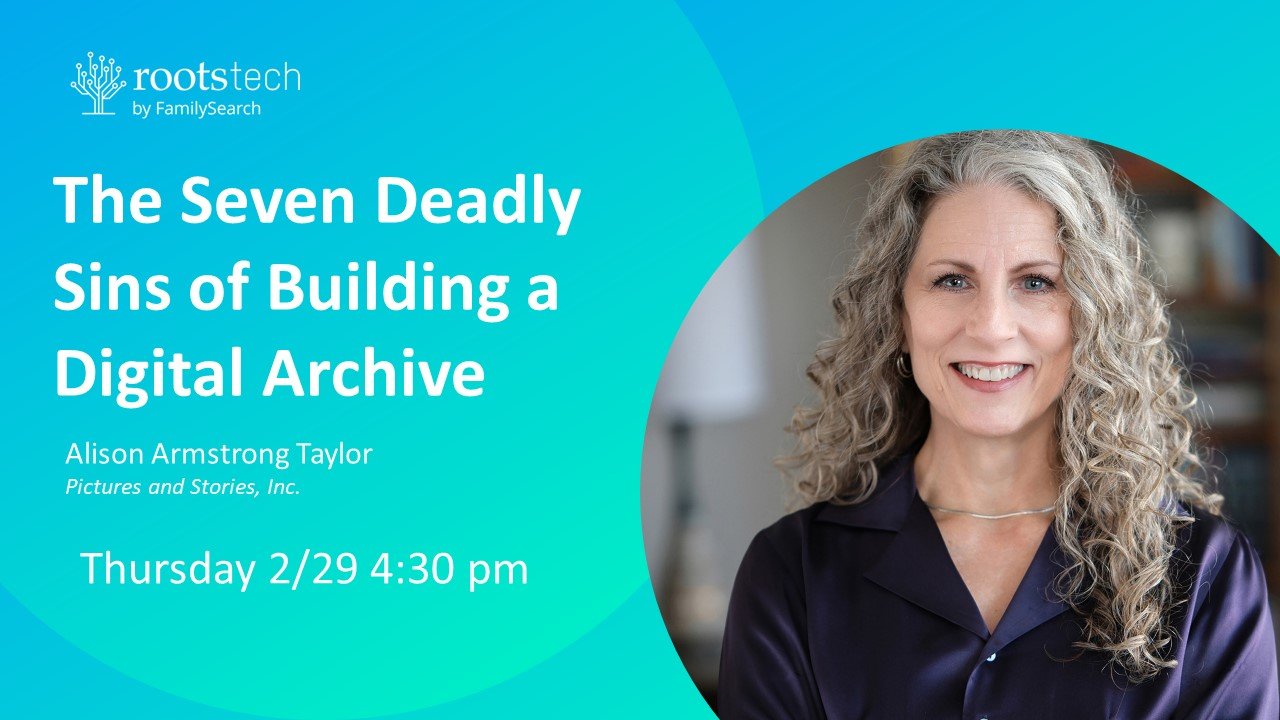As personal historians, Tom and I mostly focus on helping people tell the stories of their own lives. But what if your chosen project is to tell not your own story, but that of an ancestor? Ancestral stories present a different kind of challenge than writing our personal stories—in personal histories, we often have too much information and the challenge becomes knowing what to leave out. In an ancestral history we usually don’t have enough information. Our challenge then becomes to construct an interesting narrative around dubious, sketchy, or even non-existent life details.
So how do we approach this difficult task? Here are some things to consider:
Make it personal.
Don’t be afraid to inject yourself into the story. Just because you are writing about someone else’s life doesn’t mean you have to adopt a dry, scholarly "just the facts, ma’am” tone. After all, you are writing about your ancestor from your perspective, which is a subjective exercise, so why not go with the flow and acknowledge your subjectivity?
I found an intriguing survival tale about my fifth great-grandmother Alice Crawford's life just at a time in my own life when I needed inspiration. In this biographical sketch of her, I added my own feelings about the discovery.
The closer the ancestor is related to you, the easier this is. If the ancestor is someone you knew personally, you can write about your memories or your interactions with that person. You can even describe another's personal recollections about your subject: "My mother recalls sitting at Grannie's feet as she knitted an endless stream of socks to send to the soldiers while telling fairy tales from the old country."
However, as we travel further back in time, we have to get a little more creative in personalizing the story. Ask yourself: How would I have felt had I lived back then or been in that situation? Would I have made different choices? Has knowing this about my ancestor helped me in some way?
How did you feel upon finding out that your ancestor saved another's life, or was jailed as a horse thief? Describe the elation you felt after finding your ancestor's obituary after months of research. Respectfully injecting your own thoughts and feelings into the story can make it much more interesting for your reader.
In The Ancestry of Elmer Clare Armstrong, a four-generation story project I completed about my grandfather’s family, I described an interaction with photographs of my fourth-great-grandfather and his wife that hung in my childhood home: “Elmer and Permelia watched over us at the dinner table, eavesdropping on our dinner conversations. If only they would come alive, like the portraits in Harry Potter then I could get all their stories first hand!...Now, I am particularly struck by how much the larger-than-life Elmer the First resembles my father….”
Telling the stories of your ancestors. www.picturesandstories.com
An interesting project idea: alternate stories of your own life with stories of your ancestor’s life, united by a theme of some sort. You might write about your childhood playtimes as contrasted with your great-great-great grandmother’s, or about your personal battle with cancer related to how your ancestors dealt with illness throughout the generations.
Give historical perspective.
Research the historical events and locale surrounding your ancestor. What would their life have been like in that time and place? How might the time and place have affected their fate or their actions? Entwine the history of the area with what you know about your ancestor. “Statehood, however, did not put an end to clashes between the native tribes and non-native settlers. Although accounts of cooperation...in the territory exist, there were also accounts of conflict, and it is possible that Charles McGowan met an untimely end as the result.”
Ask questions.
When details are lacking, asking questions can stimulate the reader’s imagination. Biographer David McCullough, in John Adams, speculates about the state of mind and internal dialogue of his subject. "Why was he constantly forming yet never executing good resolutions? Why was he so absent-minded, so lazy, so prone to daydreaming his life away? He vowed to read more seriously. He vowed to quit chewing tobacco."
Conjecture.
Don't have a photo of your ancestor? Look up historical images from the same time period to get a sense of what they looked like.
What might he have felt about his situation? What might she have looked like if you don’t have a photo? What dress or hairstyles were typical at the time? “The camera had not been invented during John Armstrong’s lifetime, but we can guess that he might have shared some features with his Armstrong male descendants: short stature, curly hair, a prominent nose. As typical of men in late-eighteenth-century Colonial America, he may have sported a ponytail, knee breeches, and perhaps a tri-corner hat.” Giving details of what their daily lives may have been like will give color and perspective to sketchy data. (Just be clear that you are speculating and don’t try to pass off your conjecture as fact.)
Author and writing coach Dawn Thurston says: “Genealogy researchers ask ‘who, where, and when.’ Family history writers ask ‘why and how.’”
Try to get to the bottom of the “why” and “how” of your ancestor’s lives, and they will begin to come alive for you--and your reader.






